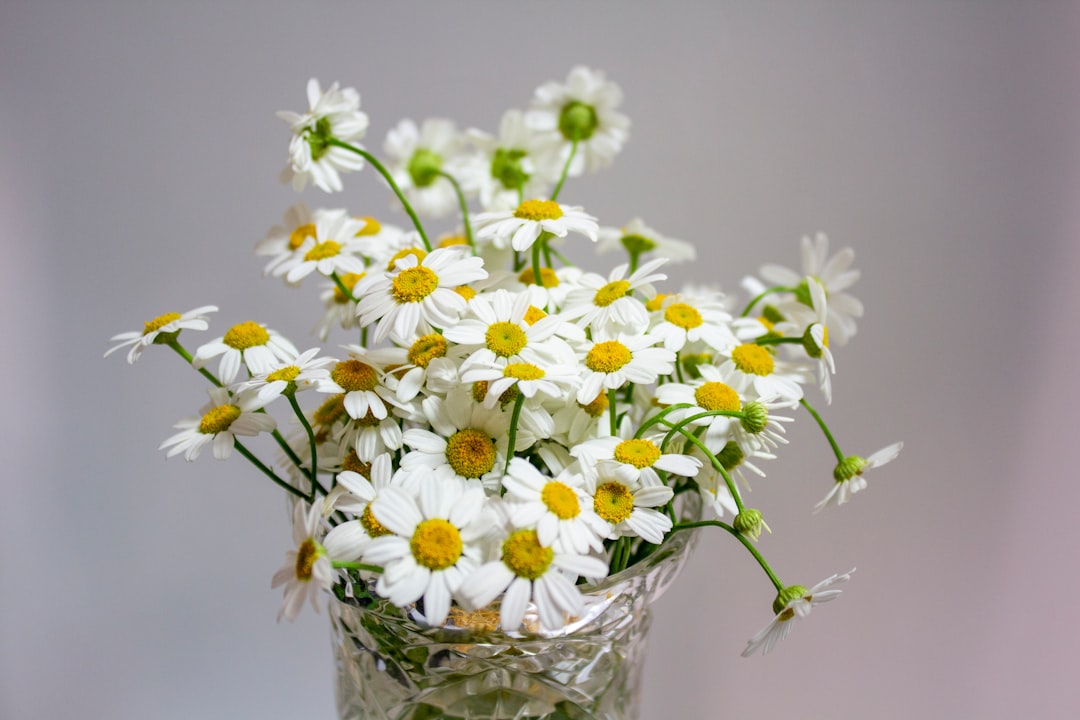The Secret Life of Ranunculus: Surviving the Winter

Flowers have always held a special place in our hearts, adding a touch of beauty and color to our lives. Among the many flowers out there, ranunculus stand out with their vibrant petals and delicate appearance. But the question that often plagues gardeners is this: are ranunculus perennials in your area, and how can you safeguard their corms from the harsh winter cold?
Let's first understand what ranunculus are. Ranunculus, also known as Persian buttercups, are a genus of about 600 species of plants in the family Ranunculaceae. They are native to Asia, Europe, and North America, and are widely cultivated for their showy flowers. These flowers come in a wide range of colors, including red, pink, yellow, orange, and white, making them a popular choice for gardens and floral arrangements.
Now, the perennial nature of ranunculus depends largely on your geographical location. In warmer regions, such as USDA hardiness zones 8 - 10, ranunculus can be treated as perennials. In these areas, the climate is mild enough that the corms can survive the winter in the ground. The corms will go dormant during the colder months and then sprout again in the spring, rewarding you with another season of beautiful blooms.
However, in colder regions (USDA hardiness zones 1 - 7), ranunculus are typically grown as annuals. The freezing temperatures in these areas can damage or kill the corms if they are left in the ground. So, if you live in a colder area and want to enjoy ranunculus year after year, you need to take some extra steps to protect the corms.
One of the first steps in protecting ranunculus corms from winter cold is to dig them up before the first frost. This usually occurs in late fall. Use a garden fork to carefully loosen the soil around the plants and gently lift the corms out. Be careful not to damage the corms during this process, as any cuts or bruises can make them more susceptible to disease.
Once you have dug up the corms, you need to clean them. Remove any excess soil by gently shaking or brushing the corms. Then, let them dry in a cool, dry place for a few days. This helps to prevent mold and rot from developing during storage.
After the corms are dry, you can store them for the winter. There are several ways to do this. One option is to place the corms in a paper bag or a mesh bag filled with dry peat moss, vermiculite, or sawdust. These materials help to absorb any excess moisture and keep the corms dry. Another option is to store the corms in a plastic container with a lid. Make sure to punch some holes in the container for ventilation.
It's important to store the corms in a cool, dark place with a temperature between 35°F - 45°F (1.7°C - 7.2°C). A basement, garage, or refrigerator (but not the freezer) can be suitable storage locations. Check on the corms periodically during the winter to make sure they are not drying out or developing mold.
When spring arrives and the danger of frost has passed, it's time to plant the ranunculus corms again. Prepare the soil by adding some compost or well - rotted manure to improve its fertility and drainage. Plant the corms about 2 - 3 inches deep and 4 - 6 inches apart, with the claw - like end facing down. Water the newly planted corms thoroughly and keep the soil moist but not waterlogged.
As the ranunculus grow, they will need regular care. They prefer full sun to partial shade and well - drained soil. Fertilize them every few weeks with a balanced fertilizer to promote healthy growth and abundant blooms. Deadhead the spent flowers to encourage more blossoms.
In conclusion, while ranunculus may not be perennials in all areas, with a little effort, you can protect their corms from the winter cold and enjoy these beautiful flowers year after year. Whether you are a seasoned gardener or a beginner, the process of caring for ranunculus can be a rewarding experience, bringing a splash of color and joy to your garden.